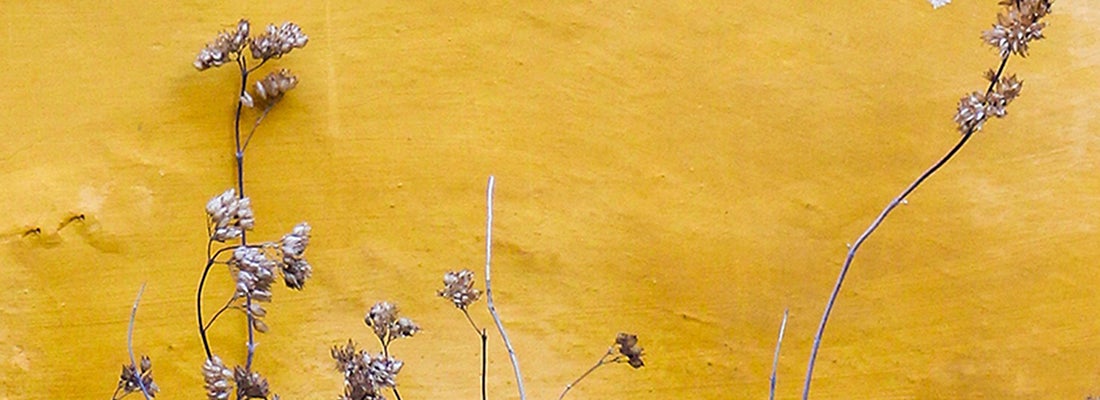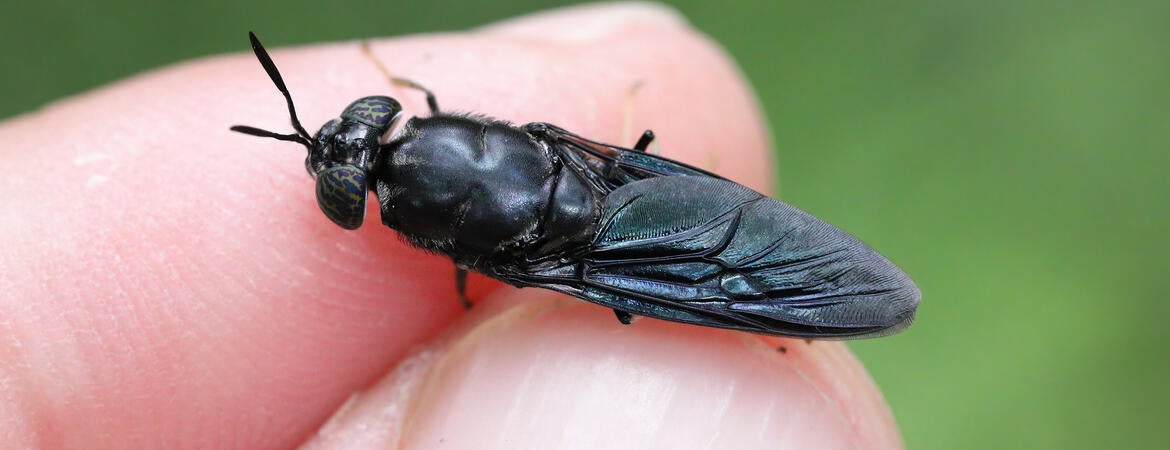
Welcome to the CNAS theme
— This theme can be used by everyone on campus

Website Accessibility
Making content accessible is not just about compliance. It is about living our commitment to inclusivity and treating our community with respect and care. And making content accessible often makes it easier for everyone to understand and use.




















